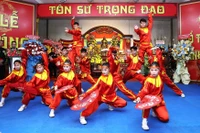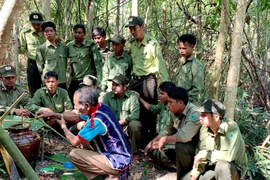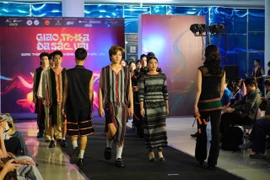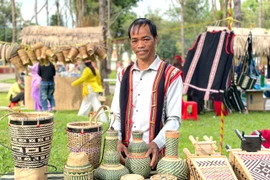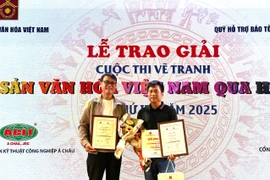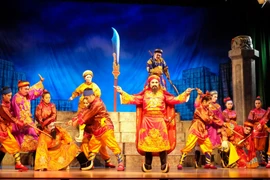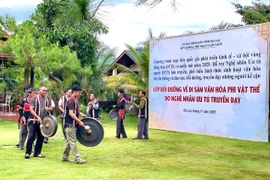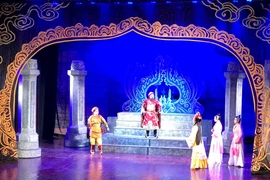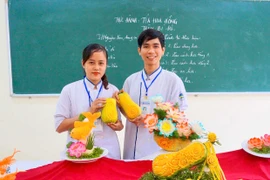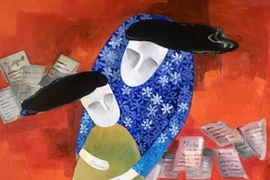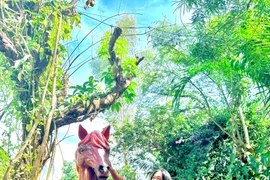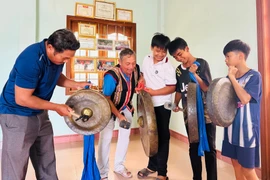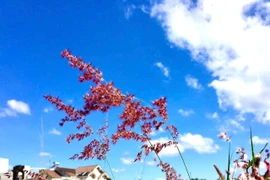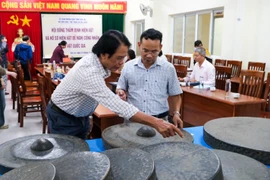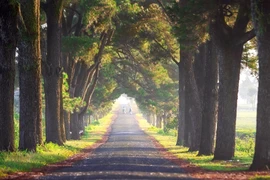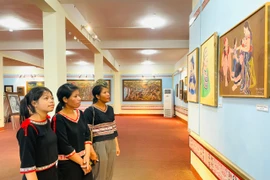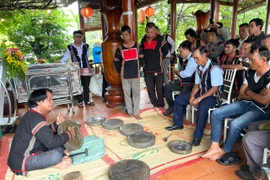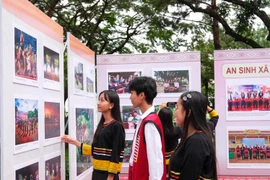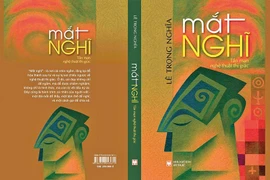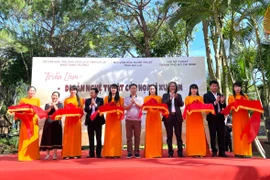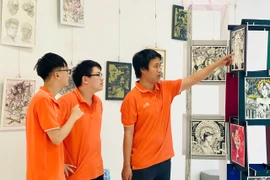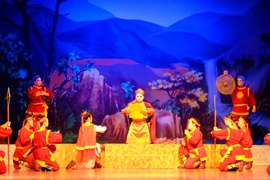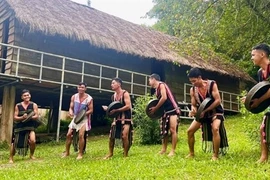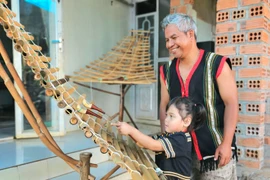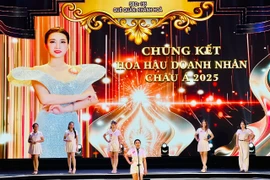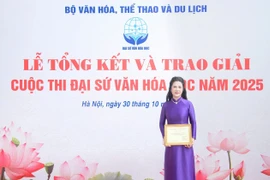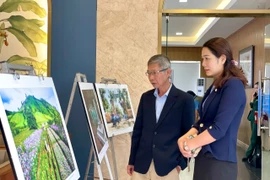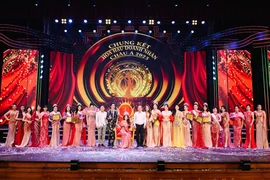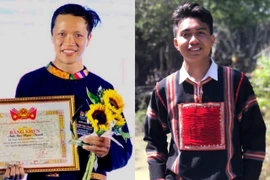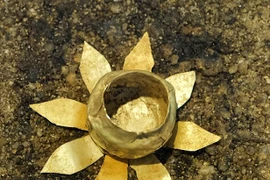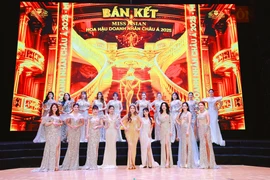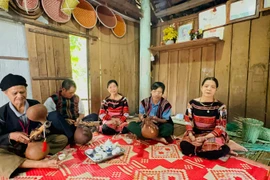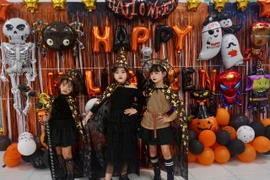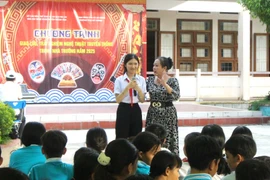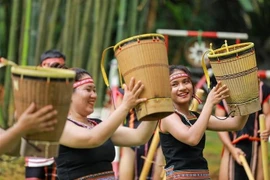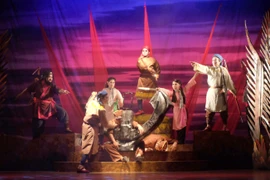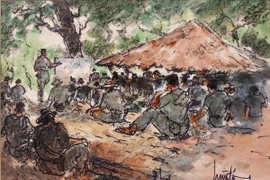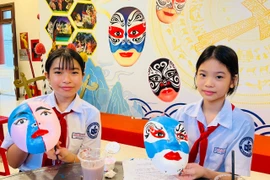At house number 167A Phan Boi Chau, craftsman Nguyen Minh Tu (born 1992) spends nearly 10 days creating each lion head by hand, using bamboo frames, paper, paint, and decorative details.
Tu, who learned the craft from his parents in 2002, has refined his skills through exchanges in Malaysia and China. His creations now reach beyond Gia Lai, traveling to northern provinces and even overseas as cultural gifts.
For Tu, lion head making is not only a family trade but also a mission to elevate traditional craftsmanship. “Each head must be durable and sophisticated,” he said.
The passion is shared by younger generations. Tran Huu Loc, a fourth-year student at Quy Nhon University, joined lion dance in 2016 after teaching himself through DVDs and YouTube.
“Every step, from weaving the frame to painting, is difficult. But patience brings joy,” Loc explained.
For 25 years, the Ky Hoan Lion Dance Club, based at 127 Phan Boi Chau, has nurtured this passion.
The club, with around 40 members aged 13–25, practices nightly at the Quy Nhon Nam Youth House.
Veterans continue to mentor newcomers, making the group not just a team but a community hub for tradition.
This year, the club has invested in new lion heads and props worth tens of millions of Vietnamese dong (about USD 400–800), introducing creative performances such as LED dragons, glow-in-the-dark dances, and tree-climbing lion routines.
During rehearsals, performers tackle demanding acrobatics like stunts on 2-meter-high steel poles. “At first I was scared, but over time I got used to it and wanted to conquer more,” said Ho Dang Khoi (born 2008).
The spirit of inclusivity also shines through. Vo Thi Nhu Quynh (born 2007) has been performing lion, dragon, and drum routines for nearly two years.
“At first, I was afraid of climbing trees. But with support from my team, I overcame it. Hearing the audience cheer for a girl performing lion dance made me proud,” Quynh said.
As preparations intensify, the Mid-Autumn Festival in Gia Lai promises not only a celebration of childhood joy but also a showcase of cultural heritage passed from one generation to the next.

